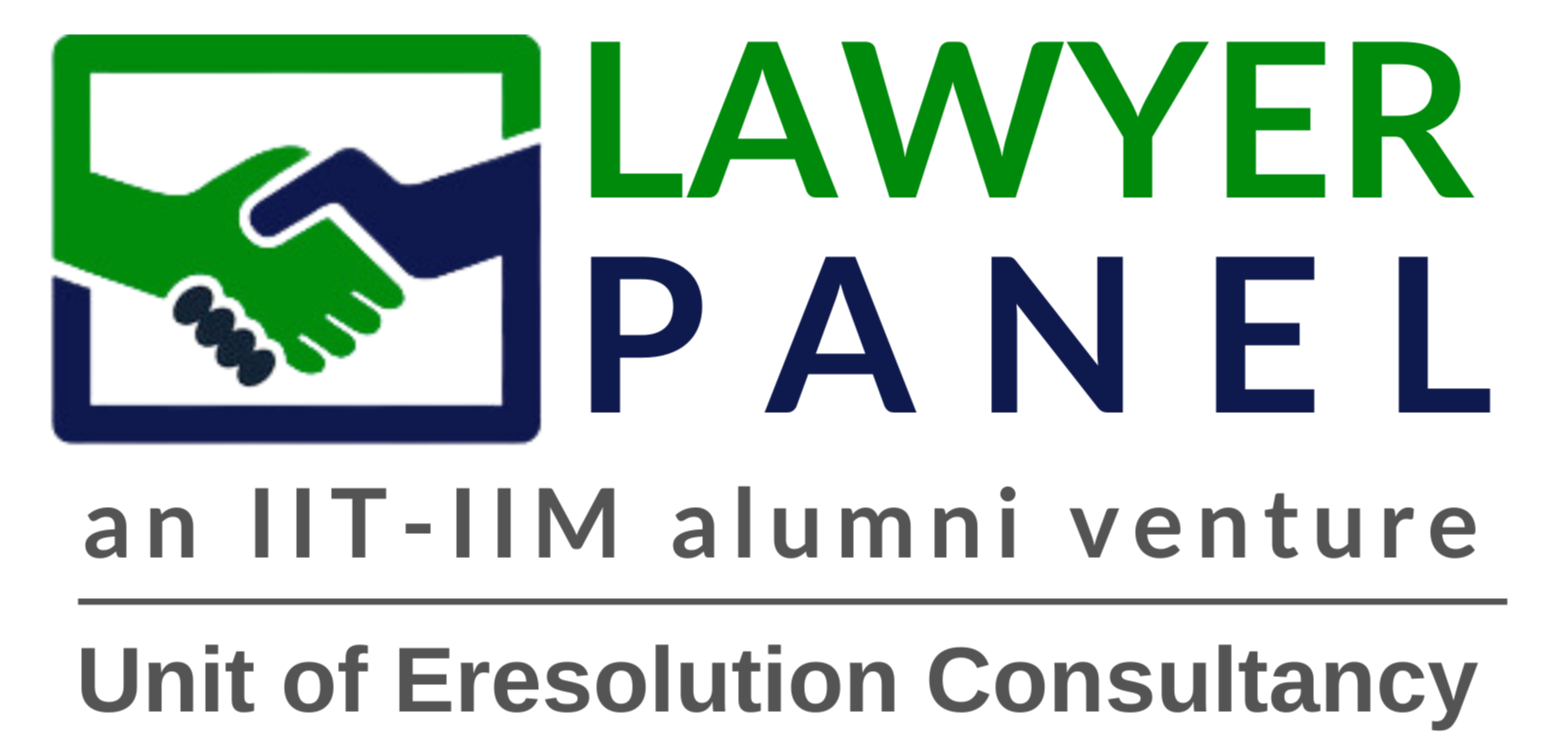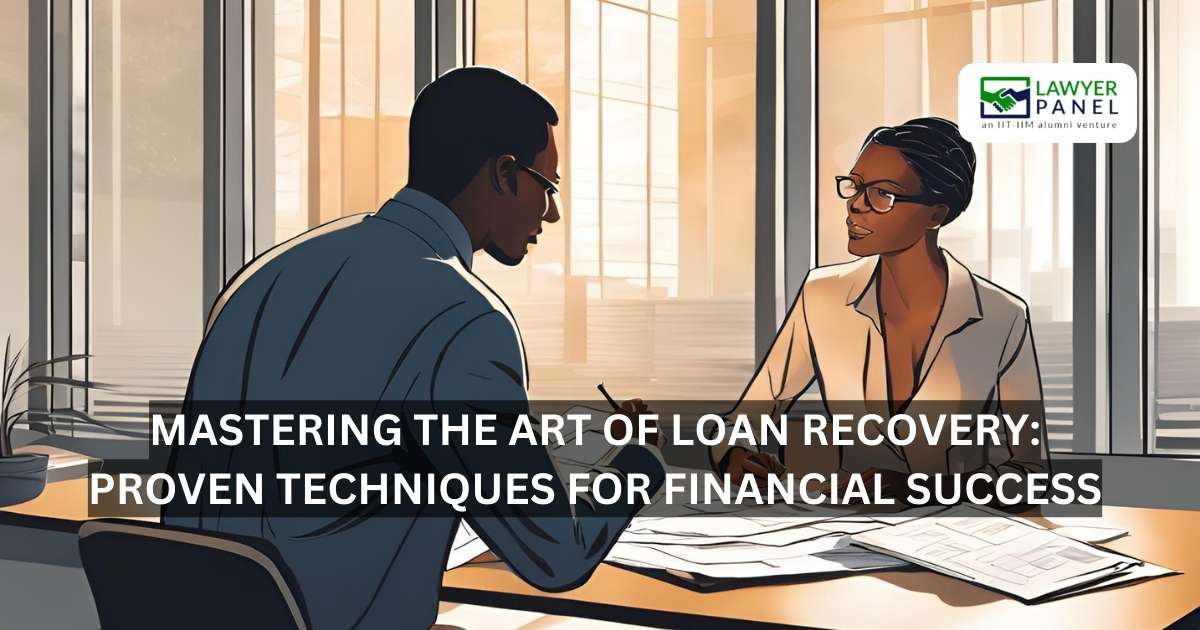Debt Management · 4 min read
Facing Loan Trouble? Master the Loan Resolution Process Today
Dealing with loan stress can be overwhelming, but understanding the loan resolution process can help you take control of your finances. This guide breaks down what loan resolution means, how it works, and the smart steps you can take to avoid deeper debt. Discover clarity, confidence, and a practical way to resolve your loan issues
 (Lawyerpanel)Facing Loan Trouble_ Master the Loan Resolution Process Today.B14DtbSm.jpg)
When financial challenges strike—due to a job loss, medical emergency, or a business slowdown—repaying loans can quickly become overwhelming. Many borrowers feel trapped, believing there’s no way out. But the truth is, loan resolution is very much possible, and understanding the process can help you take control of your financial future.
Let’s explain the loan resolution process in simple terms so you can approach it with confidence, not confusion.
What Is Loan Resolution?
Loan resolution refers to the steps taken to address overdue or unaffordable loans. Instead of allowing debts to spiral into defaults, the borrower and lender explore legal or negotiated ways to close the loan by settling, restructuring, or paying it off over time under modified terms.
This process protects both parties: the borrower avoids harassment and long-term credit damage, and the lender recovers a portion of the outstanding amount.
Types of Loan Resolution Options
There’s no one-size-fits-all in resolving a loan. Here are some common routes taken:
1. Loan Settlement
In this option, the lender agrees to accept a lower amount than what’s actually owed. This is usually offered when it’s clear the borrower can’t repay the full amount. You’ll typically pay a lump sum, and the account is marked as “settled” in your credit report—not “closed.”
2. Loan Restructuring
For those who are struggling temporarily, the bank may restructure the loan by lowering interest rates, extending tenure, or offering a moratorium. This keeps the loan active and avoids it becoming a non-performing asset (NPA).
3. One-Time Settlement (OTS) Scheme
Banks often offer OTS options for loans that have turned into NPAs. This is a time-bound offer and works best if you can pay a major portion of your dues in a short period.
Steps Involved in Loan Resolution
Here’s how the process generally unfolds:
1. Assessment of Financial Status
The borrower must first understand how much they owe and how much they can realistically repay. This includes calculating other financial obligations.
2. Contact the Lender Early
Don’t wait for recovery agents to call. Reaching out to the bank or NBFC and expressing willingness to resolve the issue shows good intent. Early communication can open up more options.
3. Formal Request and Documentation
Whether you’re requesting a settlement or restructuring, a formal letter is usually required. You’ll need to provide income proofs, bank statements, and details of your financial hardship.
4. Negotiation
This is a critical step. Having someone who understands the system, like a financial advisor or lawyer, can be a huge advantage. Negotiating fairly can help you reduce liabilities or get better repayment terms.
5. Closure and NOC
Once an agreement is reached and payments are made, ensure you get a No Objection Certificate (NOC) from the lender. This document is crucial for clearing your credit report and avoiding future disputes.
Things to Keep in Mind
● Your credit score may take a hit, especially in settlements. But it’s still better than having an unpaid default on record.
● Always document everything—calls, letters, and agreements. A paper trail can protect you later.
● Be cautious of third-party agents or companies promising “debt clearance” without proper licenses. Always check credibility.
When Should You Seek Professional Help?
If your debt is large, spread across multiple loans, or if legal notices have started arriving, it’s wise to consult a financial expert or lawyer. Professional guidance ensures you don’t accept unfair terms or fall into further traps.
Final Thoughts
The loan resolution process isn’t just about closing a loan—it’s about regaining financial control. Whether through settlement, restructuring, or legal support, there is a way forward. What matters most is your willingness to face the problem, understand your rights, and take informed steps.
If you're stuck with a debt you can’t handle, remember: silence makes it worse. Start the conversation, explore your options, and take back your peace of mind—one smart decision at a time.



